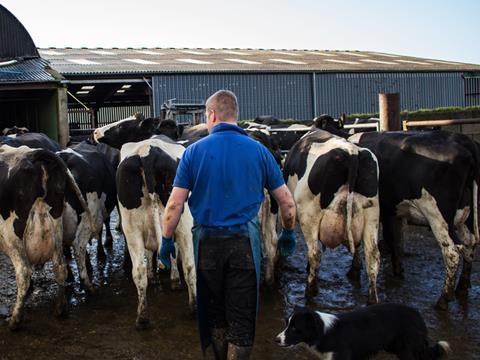
Tightening milk supplies have pushed UK farmgate milk prices to their highest levels in almost two years. Average milk prices excluding bonus payments from retailers for Great Britain rose to 25.47ppl in November, according to Defra, the highest level since March 2015.
Daily milk deliveries from farms based in Great Britain stood at 32.13 million litres on 1 January, some 1.97 million litres down on the same date in 2016, or a 5.7% reduction.
With the likes of Arla, Müller, Dairy Crest and Lactalis all pushing through increases over the past few months, the average farmgate price is expected to rise further in the coming weeks, says AHDB Dairy analyst Patty Clayton.
Prices are “in a better place”, she adds, after a period of volatility caused by a glut of supply, which saw average farmgate prices plummet from a high of 34.49ppl in November 2013, to just 20.43ppl last June.
Departures from the dairy farming sector have contributed to the tightening supplies, Clayton adds, with the number of dairy farms in England and Wales falling from 9,633 to 9,477 from January 2016 to 2017.
“Given the recent price increases, I would expect the average farmgate price to increase by another 3ppl by the end of January, though some milk buyers will be paying much higher than that,” she says. “Arla have gone up 4.5ppl, Müller by just under 6ppl and Dairy Crest are over 4ppl, while Lactalis have increased their price by 6.5ppl.”
This means dairy farmers, from February, would be getting “a price that will actually give them the ability to start paying off their debts”, Clayton says.
Global dairy commodity markets have now stabilised after “shooting up” last autumn, she adds. “The winds have come out of the sails a bit, but it’s not as if prices are going to start falling again.”



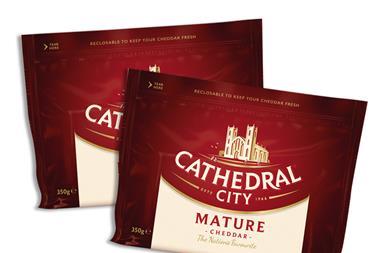
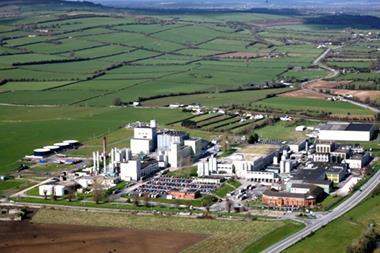




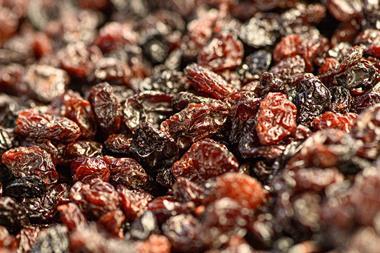

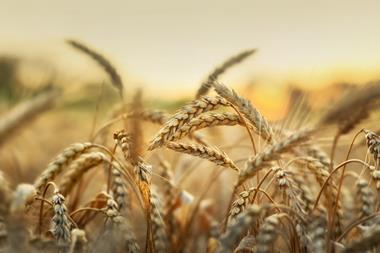
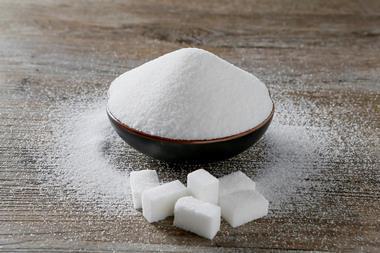
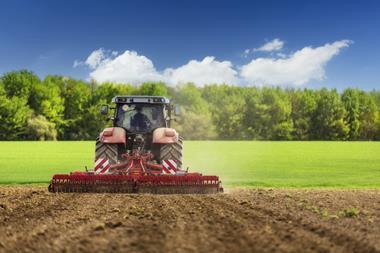
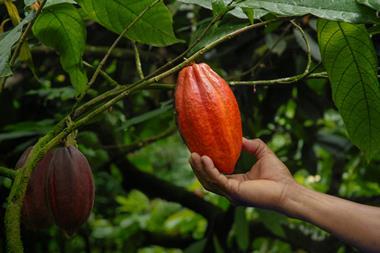
No comments yet